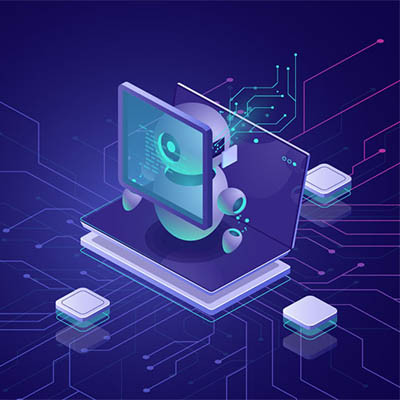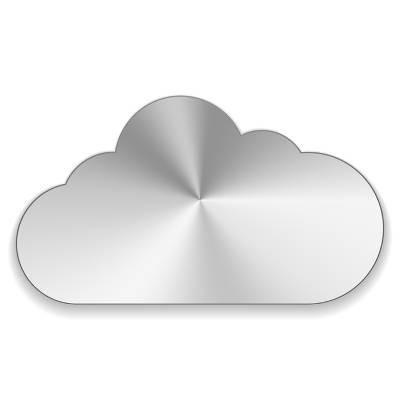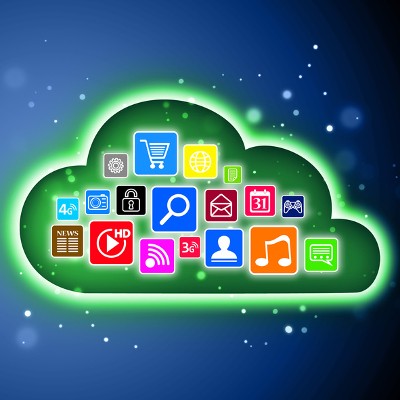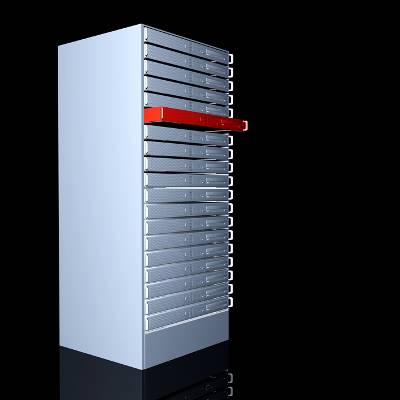Do you ever feel at home in your business’ server room? That is, assuming you have a server room, and it’s more than just a stuffy closet in an isolated part of your office. If you’re not confident that you can provide your servers with the management, maintenance, and monitoring they need, we recommend you work with a managed IT company to ensure you get the most value you can from your server units.
SMART Blog
Many companies have been in business for so long that they still utilize legacy applications for specific purposes within their computing infrastructure. There simply might not be a better option at the time, so they continue to rely on software that is, quite frankly, showing its age, including the server software that runs their business. Virtual machines offer these organizations the opportunity to still leverage these applications without the inherent risk that comes from using unsupported software.
If you’re like most small businesses, chances are that you have one or two servers in your office that are dedicated to storing and distributing data on your in-house network. Without these machines, you would be in a rough spot. Users wouldn’t be able to access data and your operations would suffer. But what if we told you that there is an easier way to manage data and increase user accessibility that doesn’t include managing server hardware?
Every business from any industry probably has servers that hold important and sensitive data. However, not all organizations have the assets and skills necessary to manage and maintain these complex pieces of hardware. In particular, small businesses struggle with this aspect of running an in-house server, but there’s another option--an outsourced server hosting service from a third-party provider.
When a business finds new software solutions that can effectively replace their older, less efficient systems, applications can often go unused for extended periods of time. However, these unnecessary apps can waste time and money for your business, which can add up quickly. In fact, as much as 38 percent of enterprise applications are wasting away on organizations’ networks.
Hardware refreshes often cause turmoil for businesses, particularly because of the cost of new servers and the time it takes to migrate data from one location to another. Thankfully, with the advent of virtualized servers, businesses have an alternative to the outright purchase of expensive, new hardware solutions. A virtual server hosted in the cloud offers not only a more immediate reprieve, but can also significantly reduce costs for your organization in the long run.
Which database management system is running on your company’s server units? For end users, it’s not something that they put a whole lot of thought into. However, if you completely overlook your Microsoft SQL Server, you may end up running an expired version that puts your data at risk. Case in point, SQL Server 2005, which Microsoft recently ended support for.
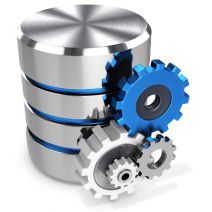 If you’re the owner of a small or medium-sized business, mark your calendars for July 14th. This is when Microsoft will stop supporting the 12-year-old server operating system, Windows Server 2003. Any business that is still running this ancient OS needs to upgrade to a more recent one before the end-of-support date arrives.
If you’re the owner of a small or medium-sized business, mark your calendars for July 14th. This is when Microsoft will stop supporting the 12-year-old server operating system, Windows Server 2003. Any business that is still running this ancient OS needs to upgrade to a more recent one before the end-of-support date arrives.
 The IT landscape has changed so dramatically over the past decade that businesses need to stop and consider the latest solutions before cycling out their old IT equipment. In the past, when it came time to replace office technology, one would simply run down a standard list of IT equipment. Now, much of this standard equipment is no longer necessary.
The IT landscape has changed so dramatically over the past decade that businesses need to stop and consider the latest solutions before cycling out their old IT equipment. In the past, when it came time to replace office technology, one would simply run down a standard list of IT equipment. Now, much of this standard equipment is no longer necessary.
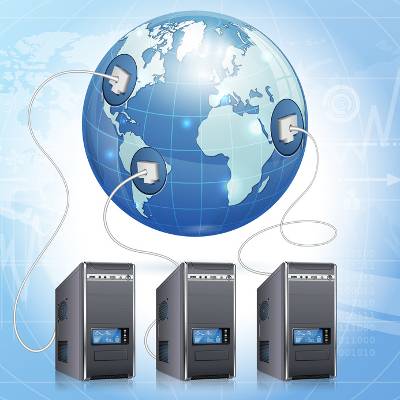 One of the most significant signs that a small startup company is on its way to becoming a mid-sized business is when operations require more than one workstation. Whenever the founder of a company starts their business on their own, they will often do so using their personal computer. As the business grows, a computer network will be needed.
One of the most significant signs that a small startup company is on its way to becoming a mid-sized business is when operations require more than one workstation. Whenever the founder of a company starts their business on their own, they will often do so using their personal computer. As the business grows, a computer network will be needed.
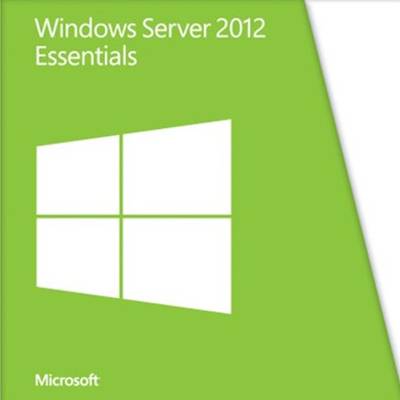 In October, Microsoft released their Windows Server 2012 R2 offering. To compliment this big release, Microsoft upgraded their Windows Server Essentials software by adding some cool new features and slapping R2 at the end. Windows Server 2012 R2 Essentials gives your business the option to deploy Essentials features in a larger domain as a Windows Server role.
In October, Microsoft released their Windows Server 2012 R2 offering. To compliment this big release, Microsoft upgraded their Windows Server Essentials software by adding some cool new features and slapping R2 at the end. Windows Server 2012 R2 Essentials gives your business the option to deploy Essentials features in a larger domain as a Windows Server role.
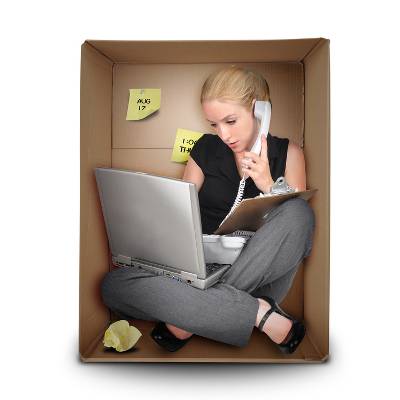 One of the surest ways to boost your bottom line is with cuts. You can then funnel these cuts into your revenue column and look profitable, even with lousy sales. While this approach will boost your bottom line, your numbers will be hollow. The smartest way to cut is to replace the loss with something profitable. Cloud computing lets you make profitable cuts.
One of the surest ways to boost your bottom line is with cuts. You can then funnel these cuts into your revenue column and look profitable, even with lousy sales. While this approach will boost your bottom line, your numbers will be hollow. The smartest way to cut is to replace the loss with something profitable. Cloud computing lets you make profitable cuts.
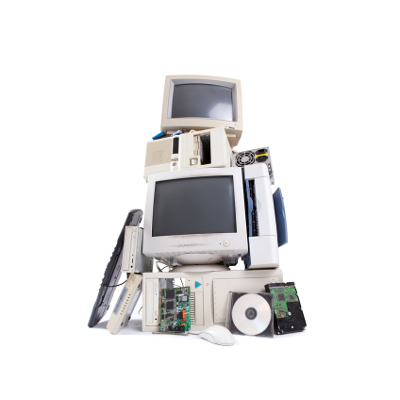 Do you have a plan to deal with your old technology, or do you have a closet full of used equipment? Are you aware of your equipment's refresh dates, or do you just replace components after they break? Knowing the condition of your technology, and having a plan to deal with old equipment, will save your business money.
Do you have a plan to deal with your old technology, or do you have a closet full of used equipment? Are you aware of your equipment's refresh dates, or do you just replace components after they break? Knowing the condition of your technology, and having a plan to deal with old equipment, will save your business money.
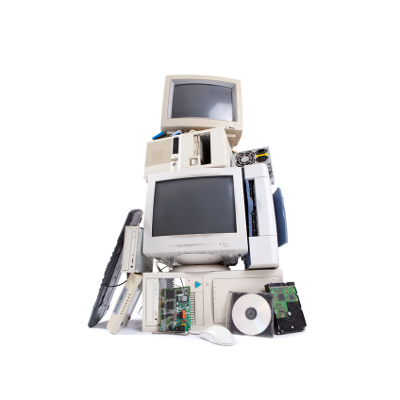 Do you have a plan to deal with your old technology, or do you have a closet full of used equipment? Are you aware of your equipment's refresh dates, or do you just replace components after they break? Knowing the condition of your technology, and having a plan to deal with old equipment, will save your business money.
Do you have a plan to deal with your old technology, or do you have a closet full of used equipment? Are you aware of your equipment's refresh dates, or do you just replace components after they break? Knowing the condition of your technology, and having a plan to deal with old equipment, will save your business money.
 Servers are one of most powerful pieces of equipment in the office, but that does mean they are the toughest. The hard drives in servers are made up of ridiculously fast moving parts. One day, these small parts will fail and end the server's life with a sudden crash. Here are a few steps you can take to prepare for server doomsday.
Servers are one of most powerful pieces of equipment in the office, but that does mean they are the toughest. The hard drives in servers are made up of ridiculously fast moving parts. One day, these small parts will fail and end the server's life with a sudden crash. Here are a few steps you can take to prepare for server doomsday.
 Desktop Virtualization is a great solution that lets you run two operating systems simultaneously on one computer. This allows users to no longer be tied down by one machine, and it can save your company money by cutting back hardware expenses. Local and Client/Server are the two models of Desktop Virtualization; here's how they compare.
Desktop Virtualization is a great solution that lets you run two operating systems simultaneously on one computer. This allows users to no longer be tied down by one machine, and it can save your company money by cutting back hardware expenses. Local and Client/Server are the two models of Desktop Virtualization; here's how they compare.
 Servers are one of most powerful pieces of equipment in the office, but that does mean they are the toughest. The hard drives in servers are made up of ridiculously fast moving parts. One day, these small parts will fail and end the server's life with a sudden crash. Here are a few steps you can take to prepare for server doomsday.
Servers are one of most powerful pieces of equipment in the office, but that does mean they are the toughest. The hard drives in servers are made up of ridiculously fast moving parts. One day, these small parts will fail and end the server's life with a sudden crash. Here are a few steps you can take to prepare for server doomsday.





